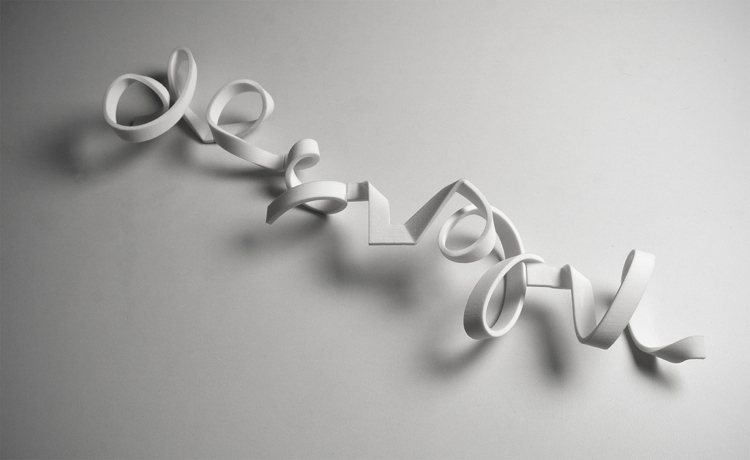In presenting your final work please ensure you have given the Design Specifications and Assessment Criteria the appropriate amount of consideration.
Assessment Criteria: |
Studio Research (20%) |
Demonstrated understanding of a range of historical and contemporary approaches to letterpress typography. |
Evidence of understanding of visual hierarchy for typographic designs in print |
Design Concept (40%) |
Documentation of experiments with conventions and innovation in print publication design using advanced typographic structures. |
Effective contributions to discussions about diverse cultural associations communicated by letterpress typographic treatments. |
Presentation of innovative typographic concepts that address current issues. |
Design Synthesis (20%) |
Designed outcomes that address a deadline, budget, and the needs of an identified audience. |
Worked collaboratively in groups for print publication production. |
Design Presentation (20%) |
Prepared and presented prototypes of typographic letterpress publication designs at an advanced level. |
This week's additional resource is a very nicely put together short film about letterpress. Do check it out. I was going to post about one of the few remaining movable-type printing workshops in the UK, situated at Plymouth University but then I realised that Rowland had also posted a similar video earlier (make sure you have a look at his post below).
Letterpress from Naomie Ross on Vimeo.
Upside Down, Left To Right: A Letterpress Film from Danny Cooke on Vimeo.We will begin next week to think about the second project in the elective - the collective collaborative task of designing an online publication. If you haven't already begin to check out the brief and do drop over to have a look at the last project produced by students from this elective - just to get the creative juices flowing.
Finally next week we will begin the series of online lectures that are released weekly over the remainder of the semester. So - like I said - LOTS happening. Stay tuned. See you next week.


























